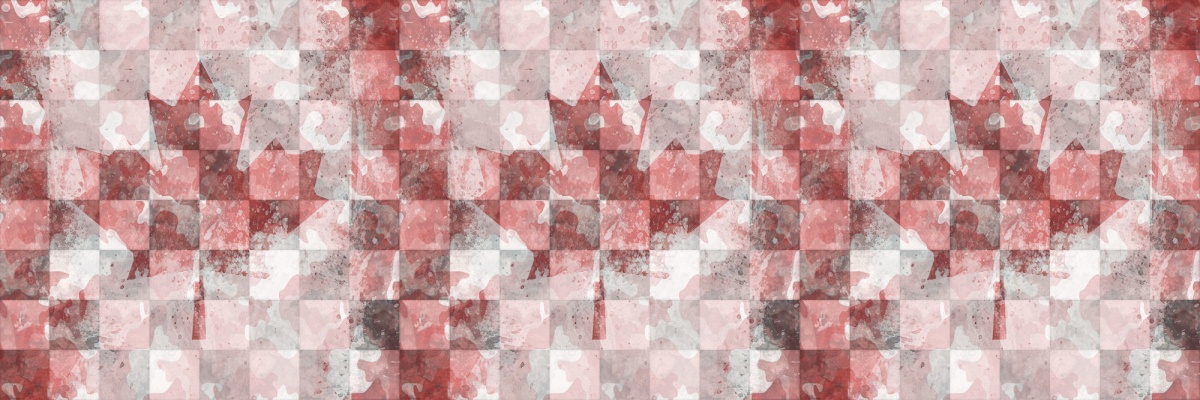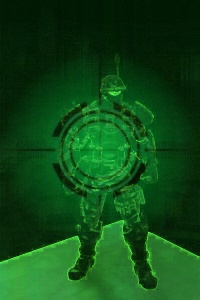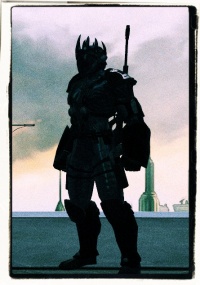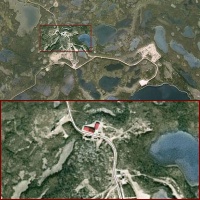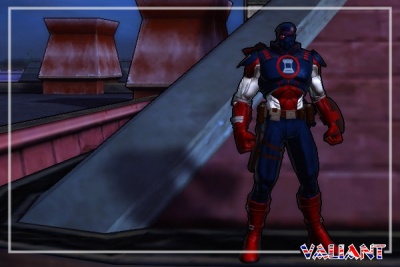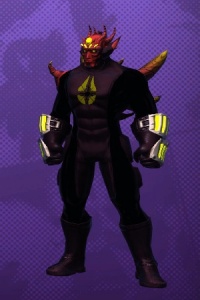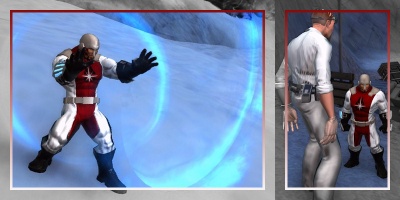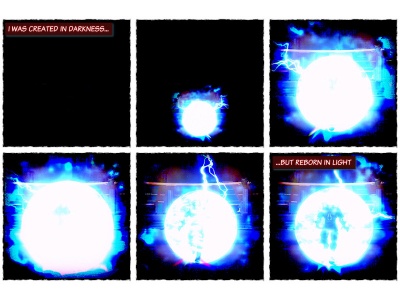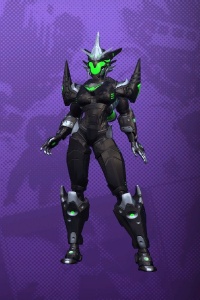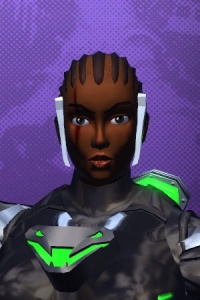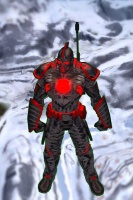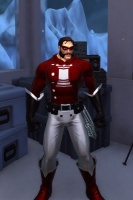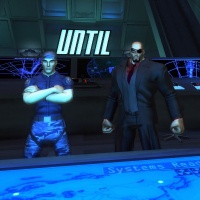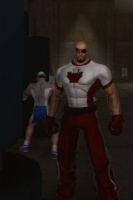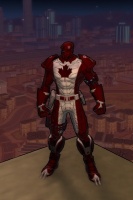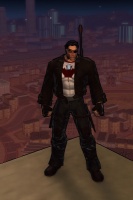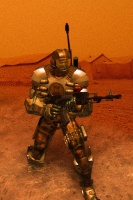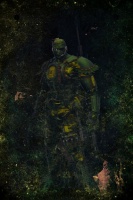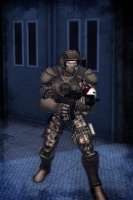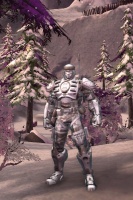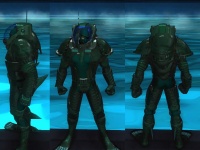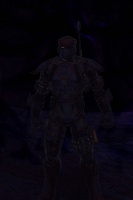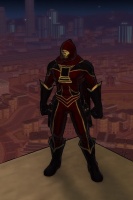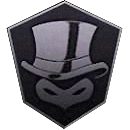Difference between revisions of "Rook"
From PRIMUS Database
m |
m |
||
| Line 87: | Line 87: | ||
<font style="font-size:20px; color:#990000; text-shadow: 1px 1px 2px #000000;"><b>Operation Checkmate...</b></font><br> | <font style="font-size:20px; color:#990000; text-shadow: 1px 1px 2px #000000;"><b>Operation Checkmate...</b></font><br> | ||
[[image:Liath_Rook_EarlyFilePhoto.jpg|thumb|200px|left|Early shot of Rook's battle armor]]While in Afghanistan in 2001, Warren was approached by a Major General Brock. Brock had been charged with forming a covert team of military specialists to fight the growing menaces which were appearing in Canada almost daily it seemed. Whether super powered villains attracted to Canada by the likes of VIPER and ARGENT or alien invaders, the Military was not willing to leave the defense of the nation to the handful of so called Super Heroes which called Canada home. Intrigued by this new challenge, Warren readily agreed to join the team. Strings were thus pulled and Warren soon found himself stationed near the small Manitoba town of Churchill on the western shore of Hudson Bay.<br><br>Fort Churchill is an Arctic site on Hudson Bay with a rail link. It is near the point of maximum auroral activity. This combination of circumstances made it ideal for far-north sounding rocket launches. Initially used by the Canadian Army in 1954, construction of more elaborate facilities in support of the International Geophysical Year began in 1956. The range was closed again in December 1958 after the IGY program ended. It was reopened again in August 1959 by the US Army as part of its network of sounding rocket stations. This allowed use of the site by other groups over the years. In late 1960 a fire largely destroyed the facilities at Fort Churchill. When the United States decided to end its activities at Churchill by June 1970, the Canadian National Research Council took over operations to support the Canadian Upper Atmosphere Research Program. The Canadian military also found the site useful for characterization of the ionosphere for military communications.<br><br>[[image:Liath_Rook_fortchurchill.jpg|thumb|200px|right|Fort Churchill / Operation Checkmate]]By the 1990's the facility was inactive and various attempts to revitalize it failed. It was at this point that the Canadian Army chose to use the site as a base for several of it's covert projects. The majority of the new base was built underground with only several small structures at ground level to give any indication of habitation. The movement of people in and out of the site was explained as chemical and fallout testing due to the checkered history of the site. In late 2000 use of the site was allocated to Major General Brock for Operation Checkmate.<br><br>Brock began his monumental task by setting up his operations team and tasking them with reviewing the best and brightest that the Canadian Military had to offer, alongside collating as much information on threats to Canadian soil as they could beg, borrow or even steal. By the end of the year Brock was ready to begin assembling his first team.<br style="clear:both;"> | [[image:Liath_Rook_EarlyFilePhoto.jpg|thumb|200px|left|Early shot of Rook's battle armor]]While in Afghanistan in 2001, Warren was approached by a Major General Brock. Brock had been charged with forming a covert team of military specialists to fight the growing menaces which were appearing in Canada almost daily it seemed. Whether super powered villains attracted to Canada by the likes of VIPER and ARGENT or alien invaders, the Military was not willing to leave the defense of the nation to the handful of so called Super Heroes which called Canada home. Intrigued by this new challenge, Warren readily agreed to join the team. Strings were thus pulled and Warren soon found himself stationed near the small Manitoba town of Churchill on the western shore of Hudson Bay.<br><br>Fort Churchill is an Arctic site on Hudson Bay with a rail link. It is near the point of maximum auroral activity. This combination of circumstances made it ideal for far-north sounding rocket launches. Initially used by the Canadian Army in 1954, construction of more elaborate facilities in support of the International Geophysical Year began in 1956. The range was closed again in December 1958 after the IGY program ended. It was reopened again in August 1959 by the US Army as part of its network of sounding rocket stations. This allowed use of the site by other groups over the years. In late 1960 a fire largely destroyed the facilities at Fort Churchill. When the United States decided to end its activities at Churchill by June 1970, the Canadian National Research Council took over operations to support the Canadian Upper Atmosphere Research Program. The Canadian military also found the site useful for characterization of the ionosphere for military communications.<br><br>[[image:Liath_Rook_fortchurchill.jpg|thumb|200px|right|Fort Churchill / Operation Checkmate]]By the 1990's the facility was inactive and various attempts to revitalize it failed. It was at this point that the Canadian Army chose to use the site as a base for several of it's covert projects. The majority of the new base was built underground with only several small structures at ground level to give any indication of habitation. The movement of people in and out of the site was explained as chemical and fallout testing due to the checkered history of the site. In late 2000 use of the site was allocated to Major General Brock for Operation Checkmate.<br><br>Brock began his monumental task by setting up his operations team and tasking them with reviewing the best and brightest that the Canadian Military had to offer, alongside collating as much information on threats to Canadian soil as they could beg, borrow or even steal. By the end of the year Brock was ready to begin assembling his first team.<br style="clear:both;"> | ||
| − | <div id="wrapper" style="width: 700px; height: auto; margin-left:auto; margin-right:auto;"> | + | <div id="wrapper" style="width: 700px; height: auto; margin-left:auto; margin-right:auto; text-align:center;"> |
<div class="top" style="margin: 0px auto; width: 300px;"> | <div class="top" style="margin: 0px auto; width: 300px;"> | ||
<font style="font-size:15px; color:#990000;"><b>Alpha Team Leader</b></font><br style="clear:both;"> | <font style="font-size:15px; color:#990000;"><b>Alpha Team Leader</b></font><br style="clear:both;"> | ||
| − | [[file:Liath_Rook_ColArmy.jpg|80px|left]] Code: | + | [[file:Liath_Rook_ColArmy.jpg|80px|left]] Code: King<br> Rank: Colonel, Army<br> Name: Jean-François Lévesque<br> Place of Birth: Quebec<br style="clear:both;"> |
</div> | </div> | ||
<div id="bottom-wrapper" style="margin: 0 auto; width: 700px; height: auto;"> | <div id="bottom-wrapper" style="margin: 0 auto; width: 700px; height: auto;"> | ||
<div class="rail_left" style="margin-left:50px; float: left; width: 300px; "> | <div class="rail_left" style="margin-left:50px; float: left; width: 300px; "> | ||
<font style="font-size:15px; color:#990000;"><b>Aerial Surveillance & Assault</b></font><br style="clear:both;"> | <font style="font-size:15px; color:#990000;"><b>Aerial Surveillance & Assault</b></font><br style="clear:both;"> | ||
| − | [[file:Liath_Rook_MajAF.jpg|80px|left]] Code: | + | [[file:Liath_Rook_MajAF.jpg|80px|left]] Code: Queen <br> Rank: Major, Air Force<br> Name: Nicole Reuben<br> Place of Birth: Toronto<br style="clear:both;"> |
</div> | </div> | ||
<div class="rail_right" style=" margin-right:50px; float: right; width: 300px;"> | <div class="rail_right" style=" margin-right:50px; float: right; width: 300px;"> | ||
Revision as of 18:27, 19 March 2014
|
The author of this article has marked this as a creative work, and would prefer that other users not edit it. Please respect this, and unless repairing a typo, spelling, or other minor technical error, think of this page as read-only. |

